Download the Wetlands Activity. Answer the questions using the text below. Click here for the PDF.
Water’s Edge
The “hotdog” or “cat’s tail” is the seed head of a cattail. Cattails are an important plant that is used by many animals in the wetlands. The long leaves and roots are eaten by muskrat, ducks and geese.
Long ago, Native Americans used the cattail plant as a virtual “supermarket”. The leaves were used for weaving. They ate the young shoots of the cattail, which taste like cucumbers. They also cooked and ate the roots.
Purple loosetrife is a beautiful plant that was introduced from Europe and is now invading the wetlands. Over the years, loosestrife has replaced native plants, like cattails, that are important for wildlife. Unfortunately, very few animals eat purple loosestrife because the roots are too tough for animals to chew and the seeds are too small to eat. However, in the 1990’s, scientists released a type of beetle that only eats purple loosestrife, and purple loosetrife has been reduced significantly in our wetlands.
Willow trees grow along the edge of the wetlands. Their roots like to be wet. Many birds and mammals use willows as nesting areas. Many insects eat willow leaves. Native Americans used willow for weaving. The leaves were chewed and used for headaches.
Cottonwoods are the largest trees in Minnesota. Cottonwoods can survive spring flooding even if their trunks are entirely surrounded by water. Their leaves make a beautiful whispering sound when the wind is blowing. Outer branches that are found on the ground, will have a star pattern inside them if they are cut at the correct location.
The muskrat’s favorite plant is cattail. They eat cattails and they make their huts out of cattails. Muskrats also eat other types of plants that are found under the water. Several muskrats may live in a hut during the winter. They will use the hut for shelter and food, eating the cattails that form the hut. Muskrat populations will increase over several years. At some point the population will peak and then crash, making it difficult to find any muskrats at all.
When many people think of a wetland, the image they see is a red-wing blackbird singing on a cattail stalk. In spring, the “ookalee” song of the red-wing has been called the “voice of the marsh”. In the spring, males display their red wing patches as they establish territories in the cattails. Red-wings build a nest that is woven around the cattail stalks. The red-wing feeds on wetland weed seeds and insects.
Raccoons live in the forest, but one of their favorite places to feed is at the wetlands. In the evening, they feed on crayfish, frogs, turtles, and some fish. Raccoons use their very sensitive front paws to locate their prey. Since raccoons hunt a night, it is unusual to see one. However, raccoon tracks are commonly found in the mud along the water’s edge.
The dominant night sound in the spring is the calling of the frogs. Male frogs call to attract females to the pond. Each type of frog has its own special call: The American toad makes a beautiful “trilling” call in May; the leopard frog makes a “snoring” call in mid-April.After they mate, the eggs are laid and the tadpoles develop through the spring and early summer.During this time, the tadpoles are food for fish, herons, garter snakes, raccoons, and pond creatures. In the summer most adult frogs leave the pond to hunt for insects. The leopard frog feeds on insects at the edge of the wetlands during the summer.
Salamanders are often overlooked in the wetlands. They quietly exist under logs in woodland areas and in the spring travel to ponds to mate and lay eggs. The larva are found in temporary ponds and metamorphose into adults in late summer.
The eggs and larva are eaten by various pond critters including dragonfly nymphs, giant water bugs and water tigers. Raccoons, herons and mink also feed on the larva.

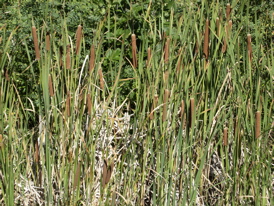
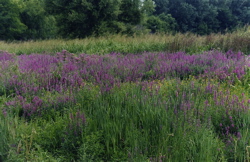
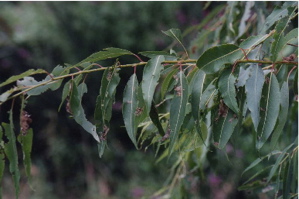
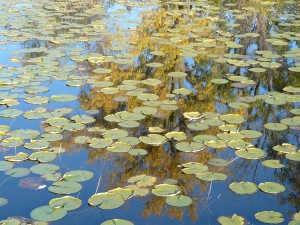

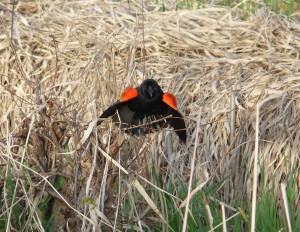

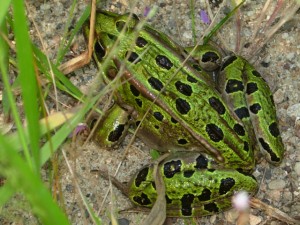
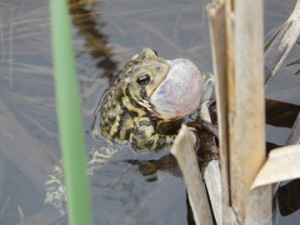




We love this page, and we learned so much. Thank you!!!
Nice job Mr. Wade
I love your website